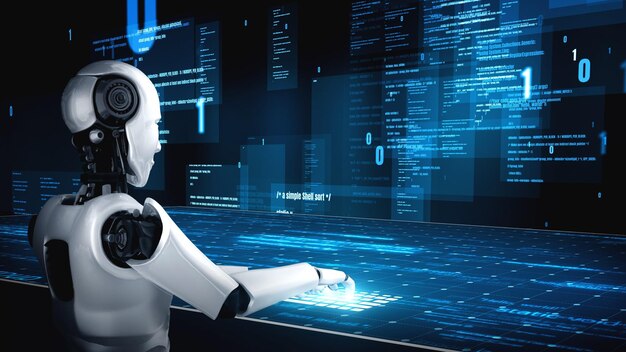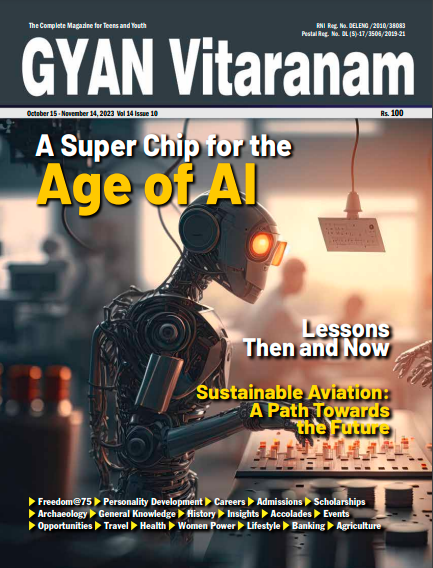The history of computers shows many significant turning points such as the emergence of personal computers, smartphones, cloud computing, touch screens, tablets and multimedia apps.
The rise of the personal computer in the 1980s was enabled by the CPU (central processing unit) which performs basic arithmetic, logic, controlling and input/output operations specified by the instructions in a programme.
By 2013, Advanced reduced instruction set computer (ARM)-based chips were fixed in nearly 60 per cent of the world’s mobile devices. In the 1990s, real-time 3D graphics became common in computers and console games, which led to an increasing demand for hardware-accelerated 3D graphics.
A hardware producer, NVIDIA, rose to meet the demand with a GPU (graphics processing unit), specialised in computer graphics and image processing. The ongoing revolution in artificial Intelligence (AI)....

